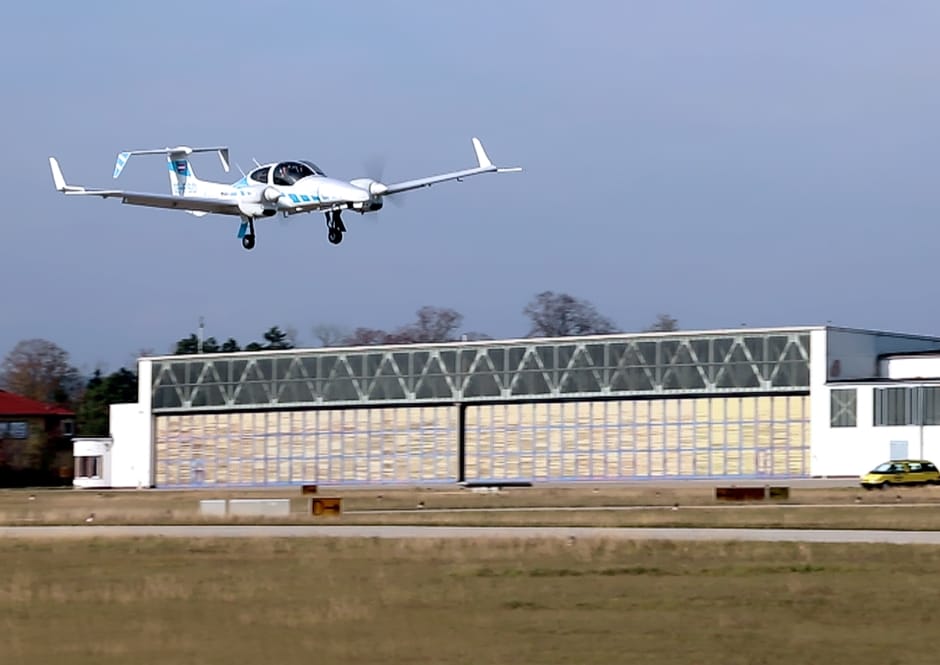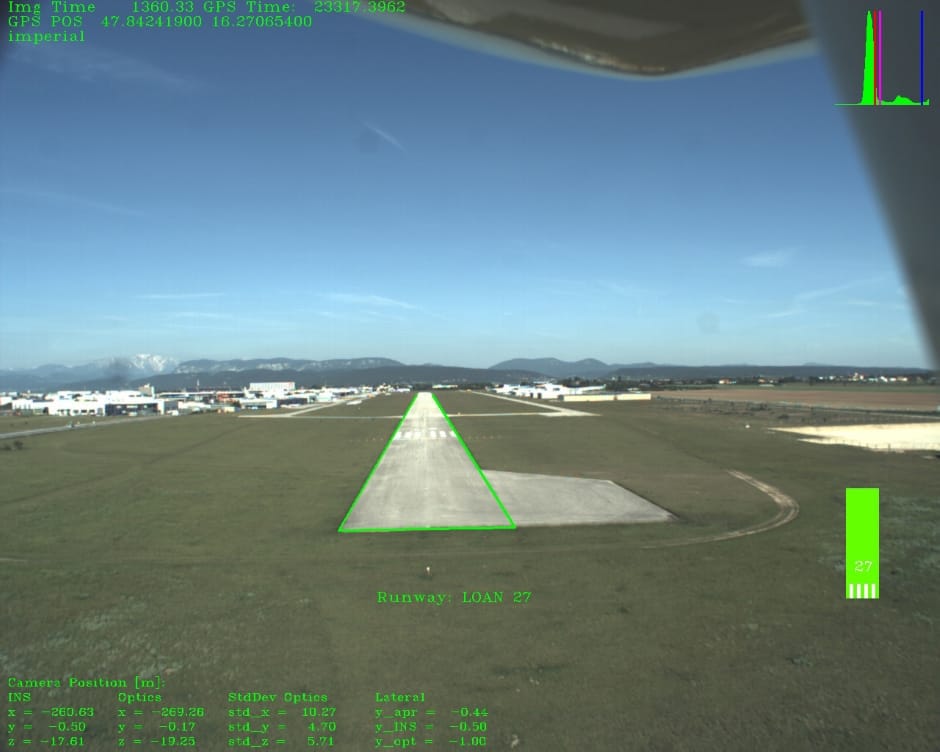
Unlike large commercial airports, smaller airstrips lack the infrastructure to ensure the safe navigation of aircraft for automatic landings.
Now, researchers at the Technical University of Munich (TUM) and TU Braunschweig say they have demonstrated a completely automatic landing with vision assisted navigation that functions properly without the need for ground-based systems. The research is detailed in the Journal of the Institute of Navigation.
The team point out that large airports are equipped with an Instrument Landing System (ILS) which allows commercial aircraft to land automatically and precisely. Antennas send radio signals to the autopilot to make sure it navigates to the runway safely. Procedures are also currently being developed that will allow automatic landing based on satellite navigation, which requires a ground-based augmentation system.
Systems like these, however, are not available for general aviation at smaller airports.
"Automatic landing is essential, especially in the context of the future role of aviation," said Martin Kügler, research associate at the TUM Chair of Flight System Dynamics. This applies for example when automated aircraft transport freight and of course when passengers use automated flying taxis.
In the C2Land project TUM researchers have partnered with Technische Universität Braunschweig to develop a landing system which lets smaller aircraft land without assistance from ground-based systems.
The autopilot uses GPS signals to navigate, but atmospheric disturbances and other anomalies make the signals susceptible to measurement inaccuracies. The GPS receiver in the aircraft can't always reliably detect such interferences. Consequently, current GPS approach procedures require the pilots to take over control at an altitude of no less than 60m and land the aircraft manually.

In order to make completely automated landings possible, the TU Braunschweig team designed an optical reference system: A camera in the normal visible range and an infrared camera that can also provide data under conditions with poor visibility. The researchers said they’ve developed custom-tailored image processing software that lets the system determine where the aircraft is relative to the runway based on the camera data it receives.
The TUM team developed the entire automatic control system of TUM's own research aircraft, a modified Diamond DA42, which is equipped with a Fly-by-Wire system enabling control by means of an advanced autopilot, also developed by the TUM researchers.
In order to make automatic landings possible, additional functions were integrated into the software, such as comparison of data from the cameras with GPS signals, calculation of a virtual glide path for the landing approach as well as flight control for various phases of the approach.
In late May the research aircraft made an entirely automatic landing at the Diamond Aircraft airfield.
"The cameras already recognise the runway at a great distance from the airport,” said test pilot Thomas Wimmer. “The system then guides the aircraft through the landing approach on a completely automatic basis and lands it precisely on the runway's centreline."




Poll: Should the UK’s railways be renationalised?
I think that a network inclusive of the vehicles on it would make sense. However it remains to be seen if there is any plan for it to be for the...